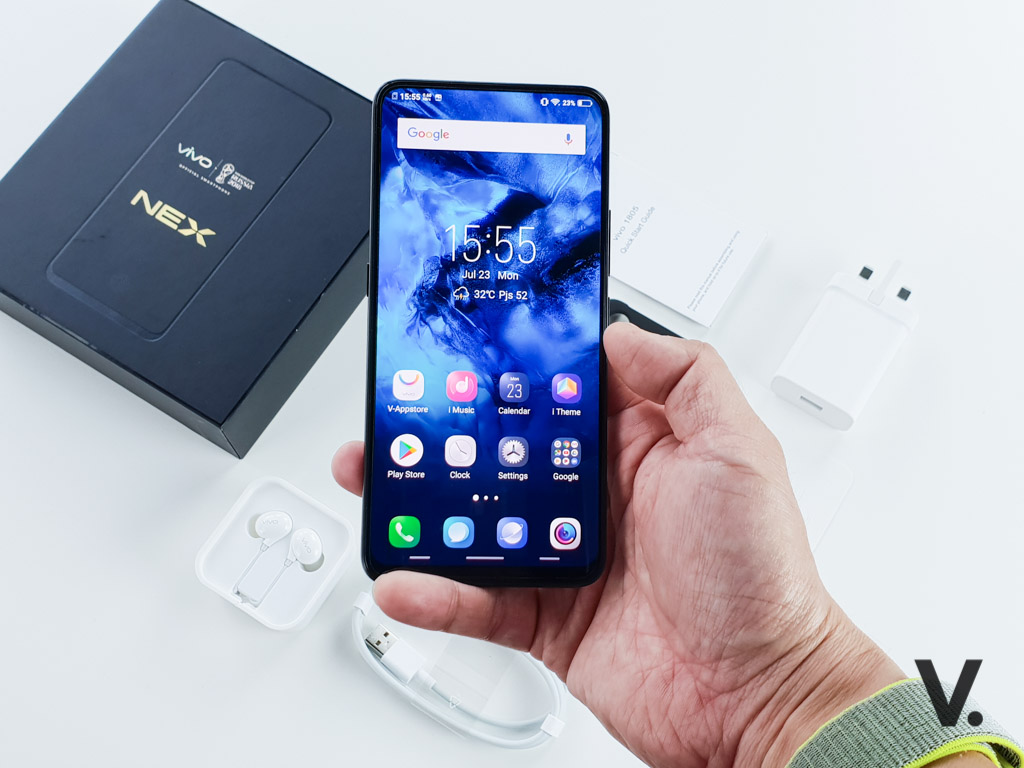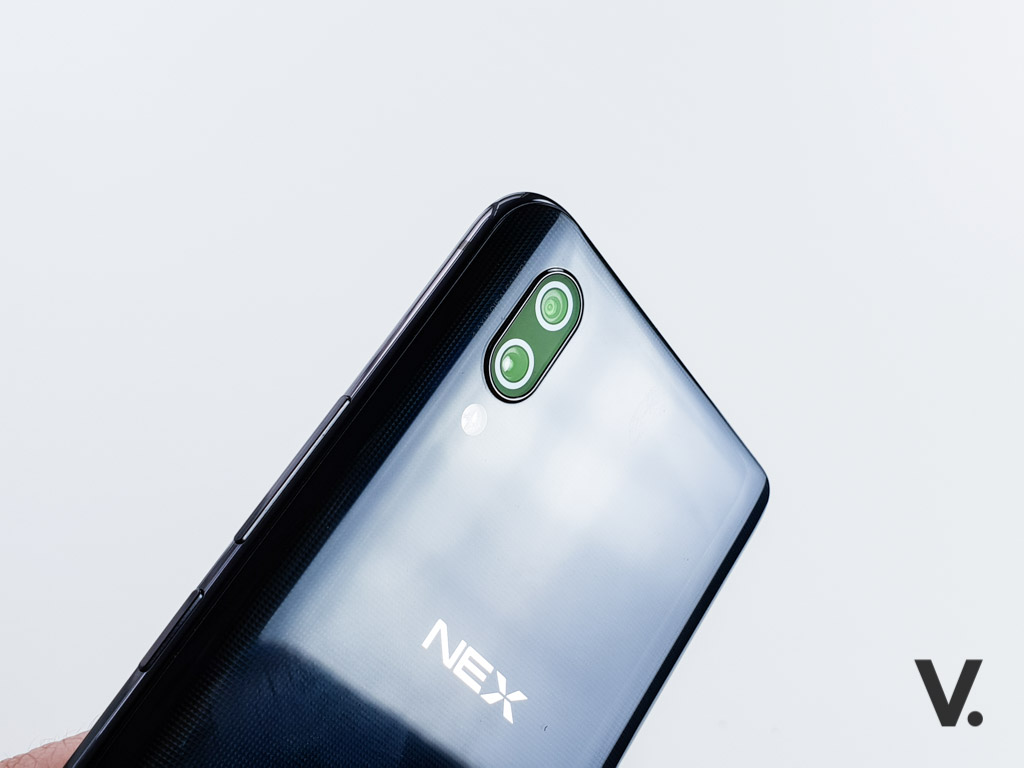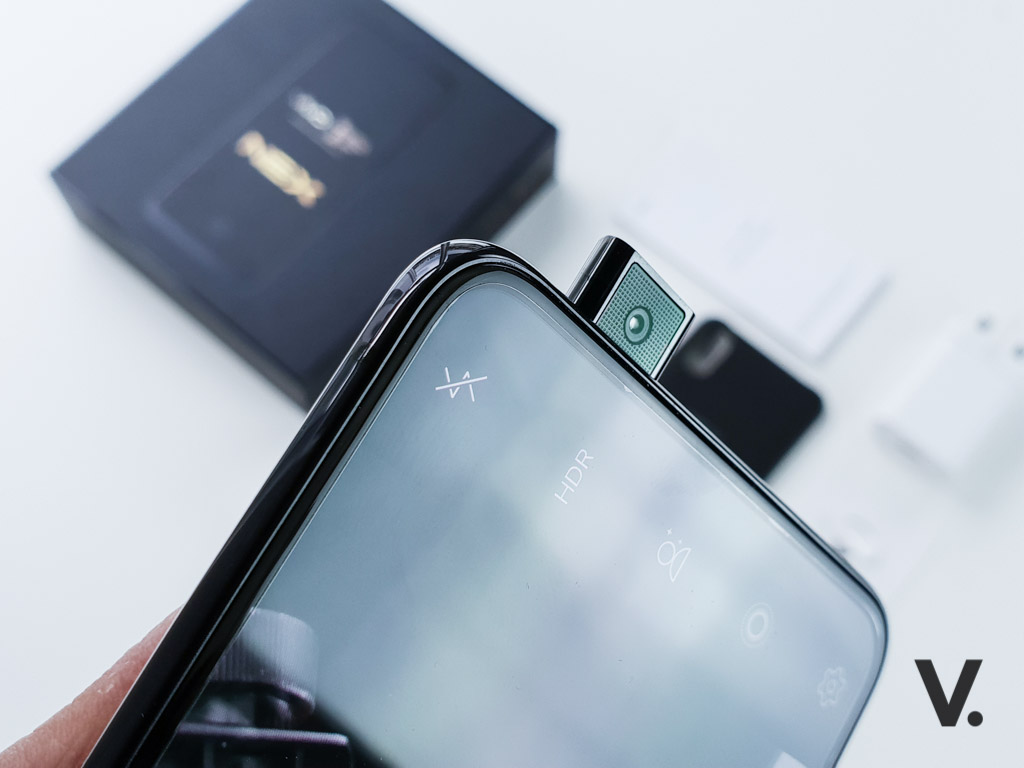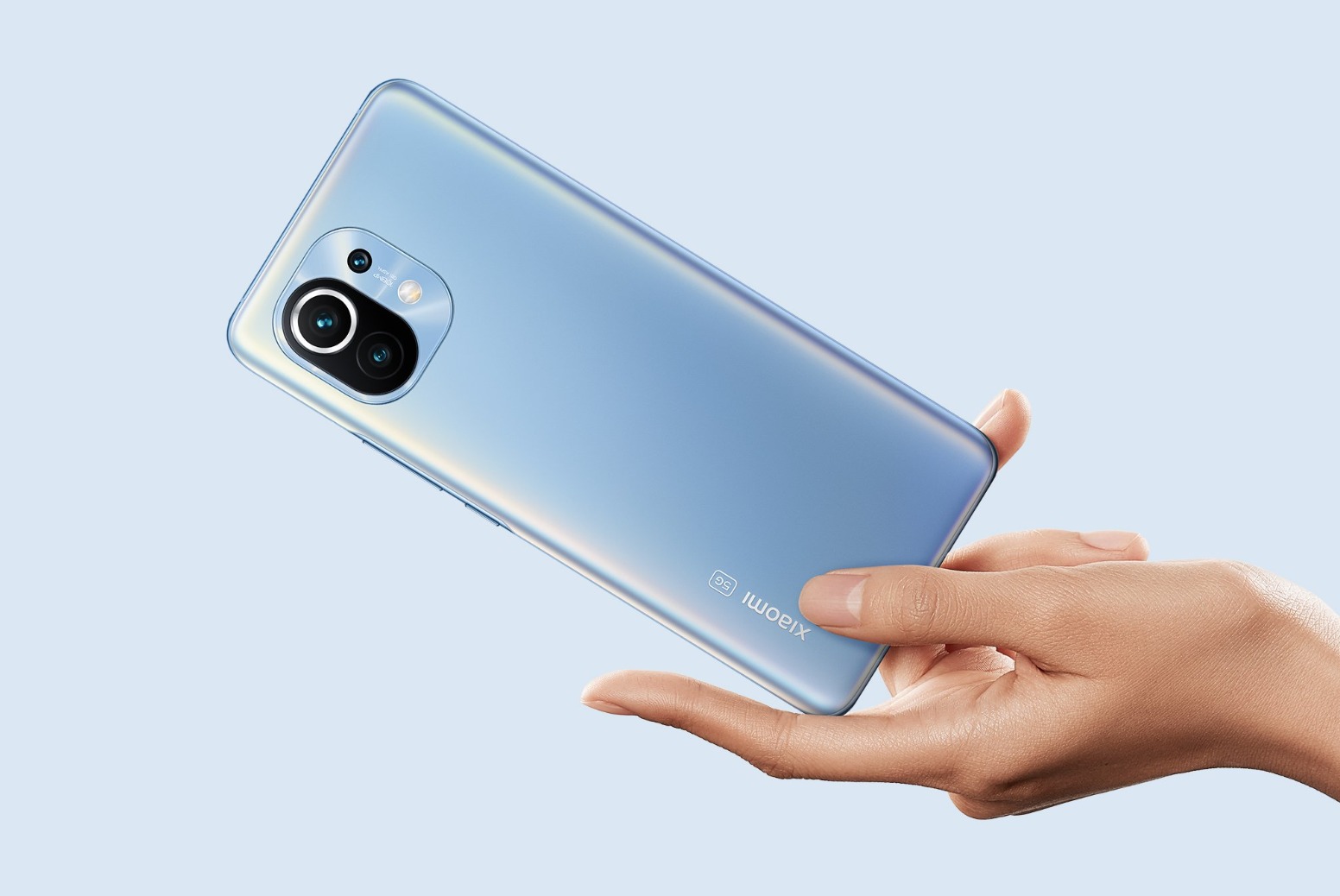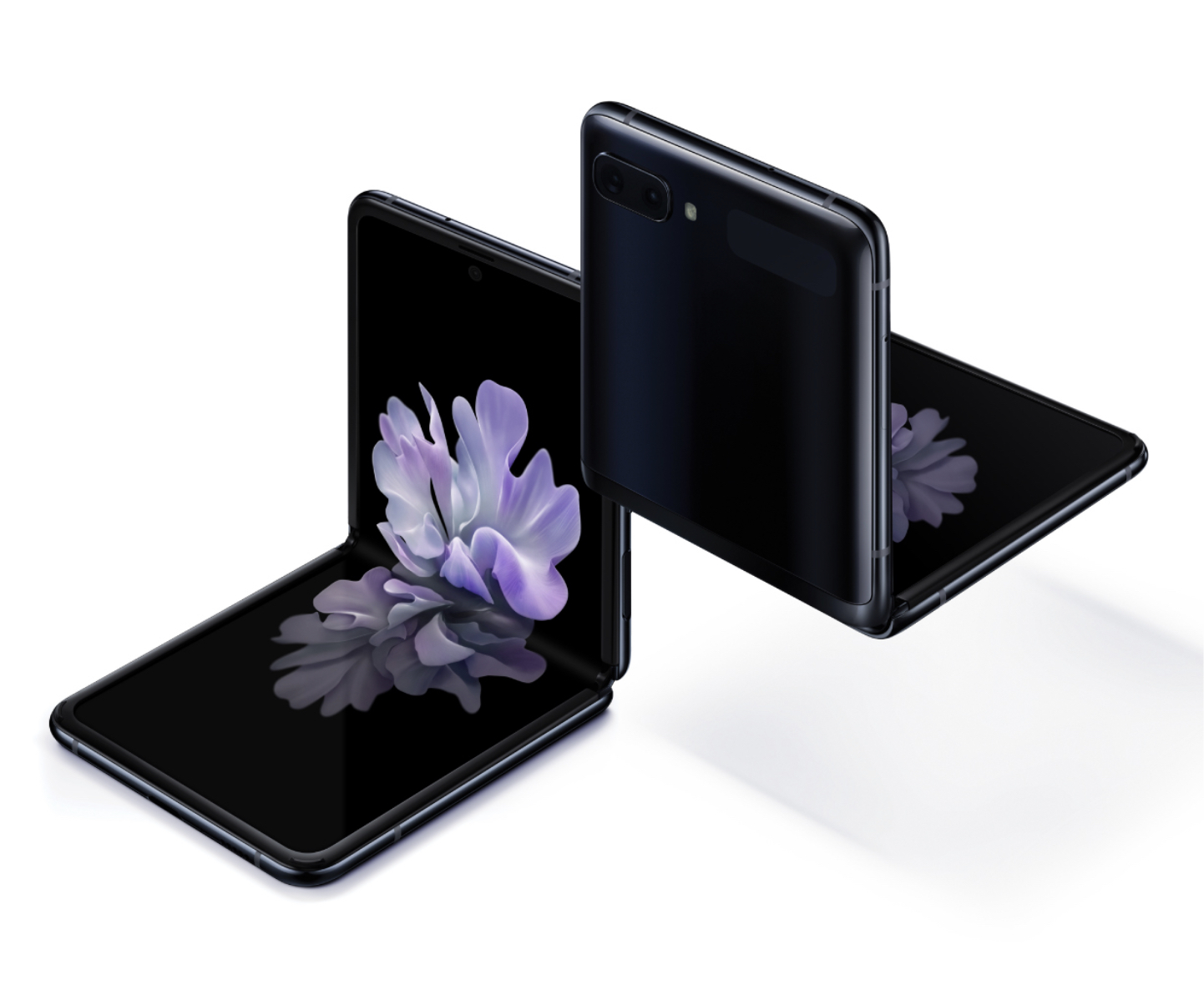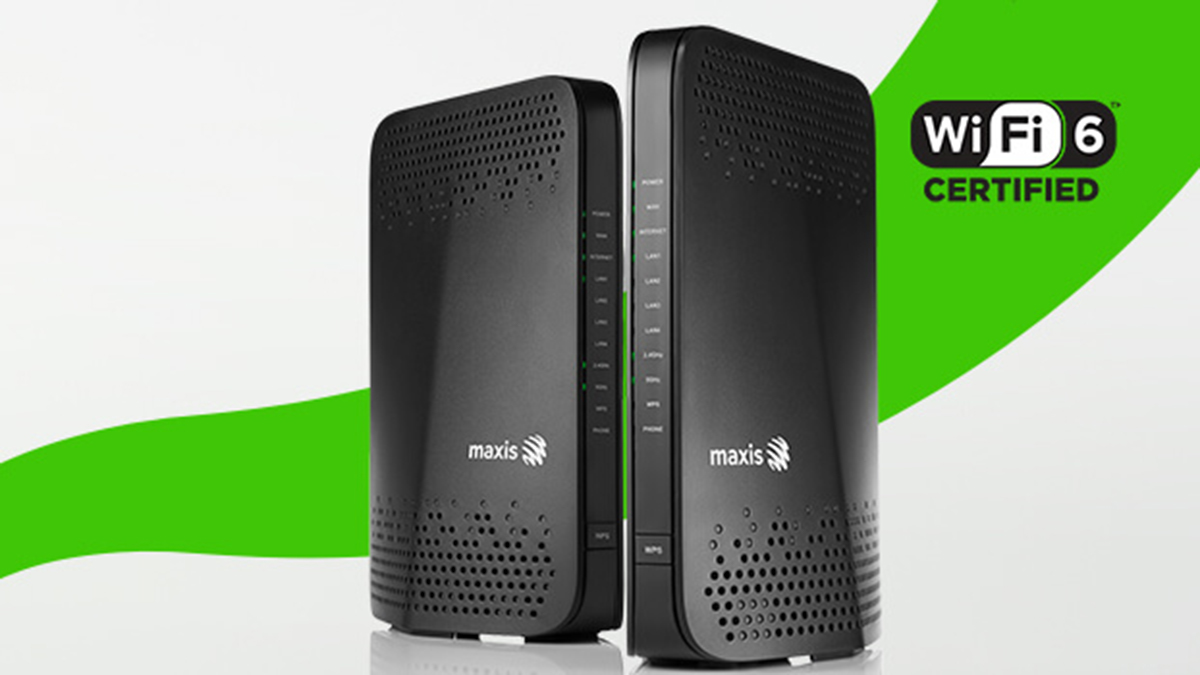Call it cutting-edge. Call it genius. Call it unnecessary. Call it whatever you want, but the all-screen vivo NEX with flawed wizardry is in town. The OPPO Find X may have stolen plenty of thunder from vivo’s futuristic effort by virtue of debuting earlier, but it’s hard to deny both phones are the most exciting devices in 2018 so far.
So, here’s what the vivo NEX has to offer.
First, let’s touch on the display. It’s the biggest display ever on a vivo device – a 6.59-inch AMOLED Ultra FullView Display that pushes Full HD+ resolution. With an all-screen front, there’s no notch and no visible speakers or camera. The NEX instead, goes the route of the original Mi MIX, using screen soundcasting technology that emits audio through the display (also something similar on Sony’s awe-inspiring Bravia A1 series TV).
It’s well-built, and like many of today’s flagship devices, features a blend of metal and glass with curved edges. It’s good-looking, and overall minimalist aside from the dual-camera module and LED flash on the rear. It isn’t as clean as the OPPO Find X, but nonetheless pleasing to the eyes.
Under the hood, the vivo NEX packs top-end flagship specs. Starting from the most powerful SoC from Qualcomm’s stable – the Snapdragon 845 with an Adreno 630 GPU. If you’re into 3D games, then you’re going to appreciate every frame the SoC and GPU crunches with ease. It packs a punch, as expected. Early synthetic benchmarks put the device in the upper ranks of the most powerful devices currently – rubbing shoulders with the likes of Xiaomi’s Black Shark, OnePlus 6 and OPPO Find X.
Its performance is aided by a whopping 8GB of RAM and generous 128GB of storage. Unfortunately, there’s no microSD expansion, although I figure the onboard storage should be more than sufficient for most people.
In the optics department, the NEX doesn’t break any new ground, featuring an able 12MP f/1.8 + 5MP f/2.4 dual-camera system. The camera does feature Dual Pixel autofocus, 4-axis Optical Image Stabilisation (OIS) and Electronic Image Stabilisation (EIS) for sharp, blur-free videos. With 1.4 micron pixel size and a fast lens, expect good performance in low light conditions. From initial testing, the rear camera is pretty good although it wouldn’t pose a threat to other flagships like the Huawei P20 Pro, iPhone X or Galaxy S9+.
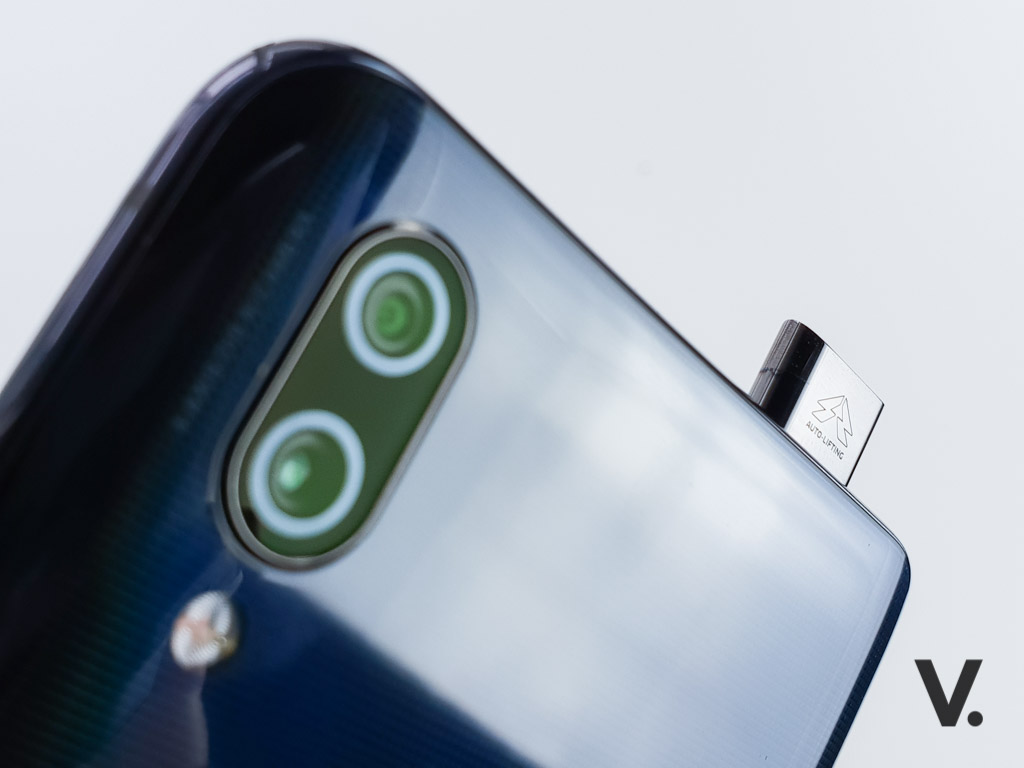
The front camera is where things get interesting. With an all-screen front, the NEX forgoes any forehead or chin used to house a fingerprint sensor, speakers, or cameras. Instead, it engineered a motorised pop-up camera that it calls an “elevated camera.”
And elevate it certainly does. When you fire up the app and select selfie mode, the selfie camera will automatically slide up from the chassis. This happens within one second. When you quit the camera app or switch to the rear cameras, the camera will retract into the main body. Pretty neat. By the way, the selfie shooter is an 8MP f/2.0 unit, which is disappointing by vivo’s standards.
The NEX carries a bit of heft, tipping the scales at 199g, thanks to its expansive screen. But also, it’s because of the 4,000mAh battery that powers the device. It charges via USB Type-C.
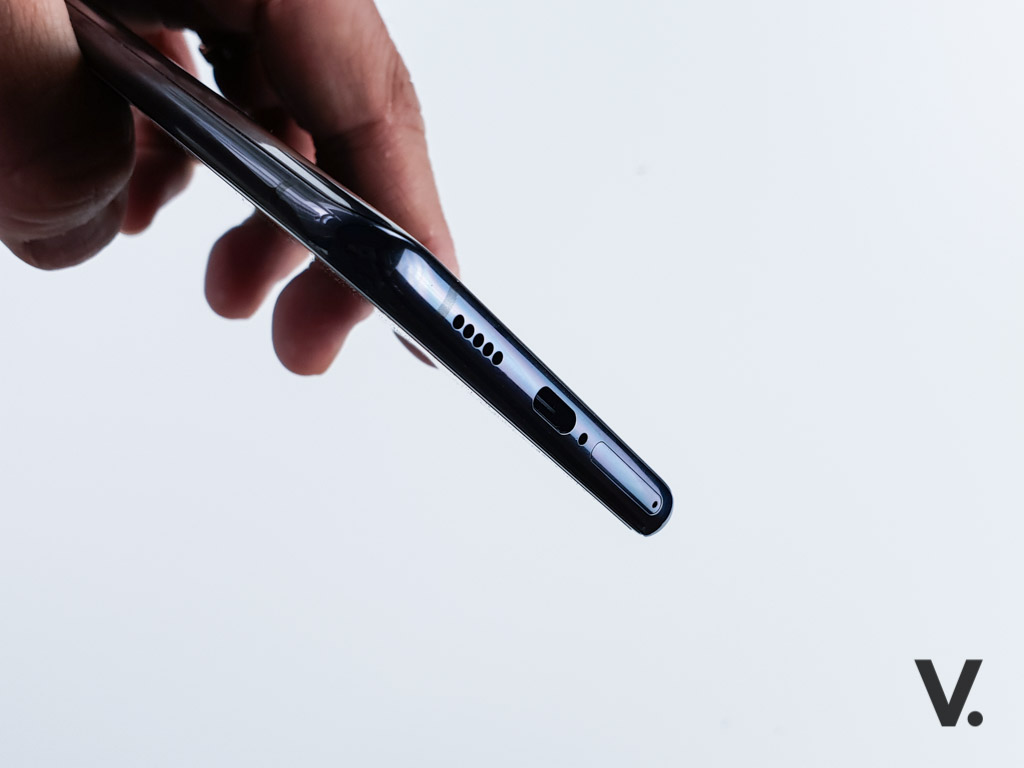 Vivo devices traditionally come built-in with good audio capabilities, and the NEX is no different. It comes with a Hi-Fi DAC and a 3.5mm headphone jack.
Vivo devices traditionally come built-in with good audio capabilities, and the NEX is no different. It comes with a Hi-Fi DAC and a 3.5mm headphone jack.
As seen on the vivo X20 UD and vivo X21 UD, the NEX boasts an in-display fingerprint sensor. Now in its third-generation, the in-glass fingerprint sensor lets you unlock the phone by scanning your finger on the display. Vivo is the first smartphone maker to incorporate this technology commercially in its products.
Disappointingly, there’s no face unlock/authentication, so it’s either via fingerprint or conventional PIN/Pattern options. Let’s hope vivo introduces Face Unlock through a software update soon.
On the left of the device is a dedicated AI button used to call up Jovi or Google Assistant.
The device runs Android 8.1 Oreo out-of-the-box, with the iOS-inspired FunTouch OS skin on top.
The vivo NEX is all cool, but there are several areas where it doesn’t fare so well. Firstly, it doesn’t have dust- and water-resistance. Next, while not a deal-breaker, wireless charging is missing. And surprisingly, there’s no NFC either.
That said, the NEX is the best that’s ever come out of vivo’s stable and one of the most exciting devices to emerge in 2018.
Pricing and availability
The vivo NEX retails for MYR2,799 and will be available starting 28 July 2018 at all vivo Concept Stores and authorised retailers nationwide.




